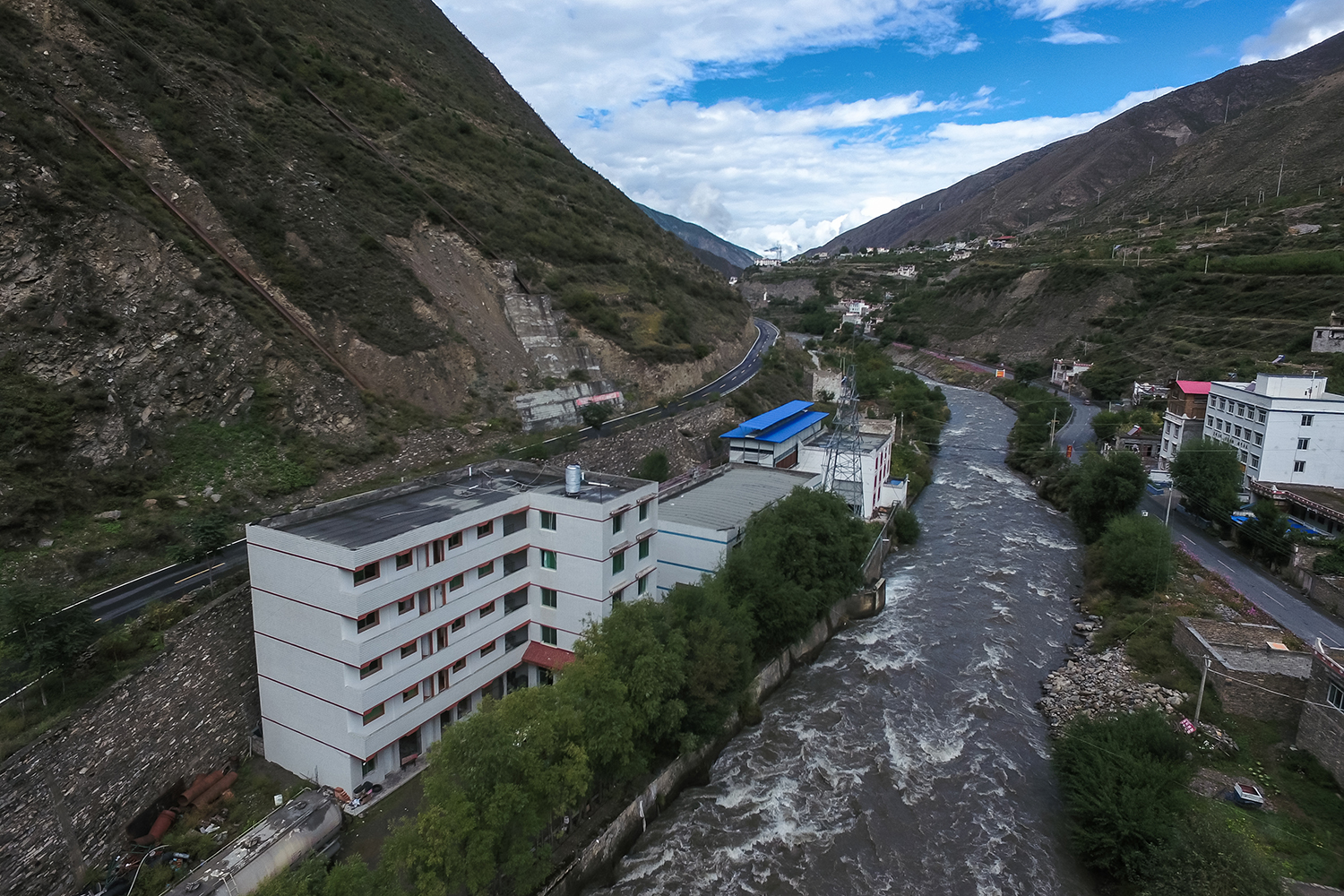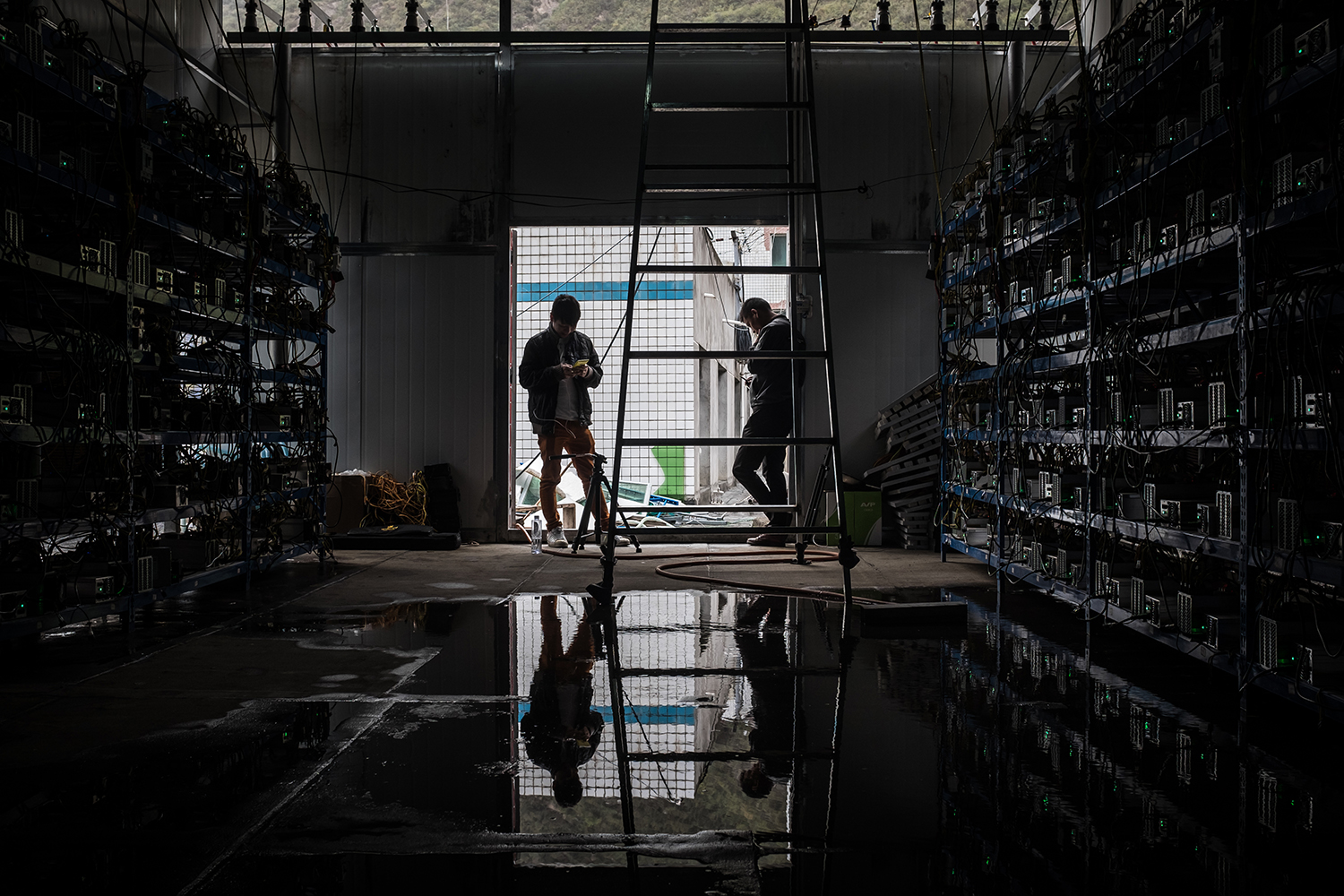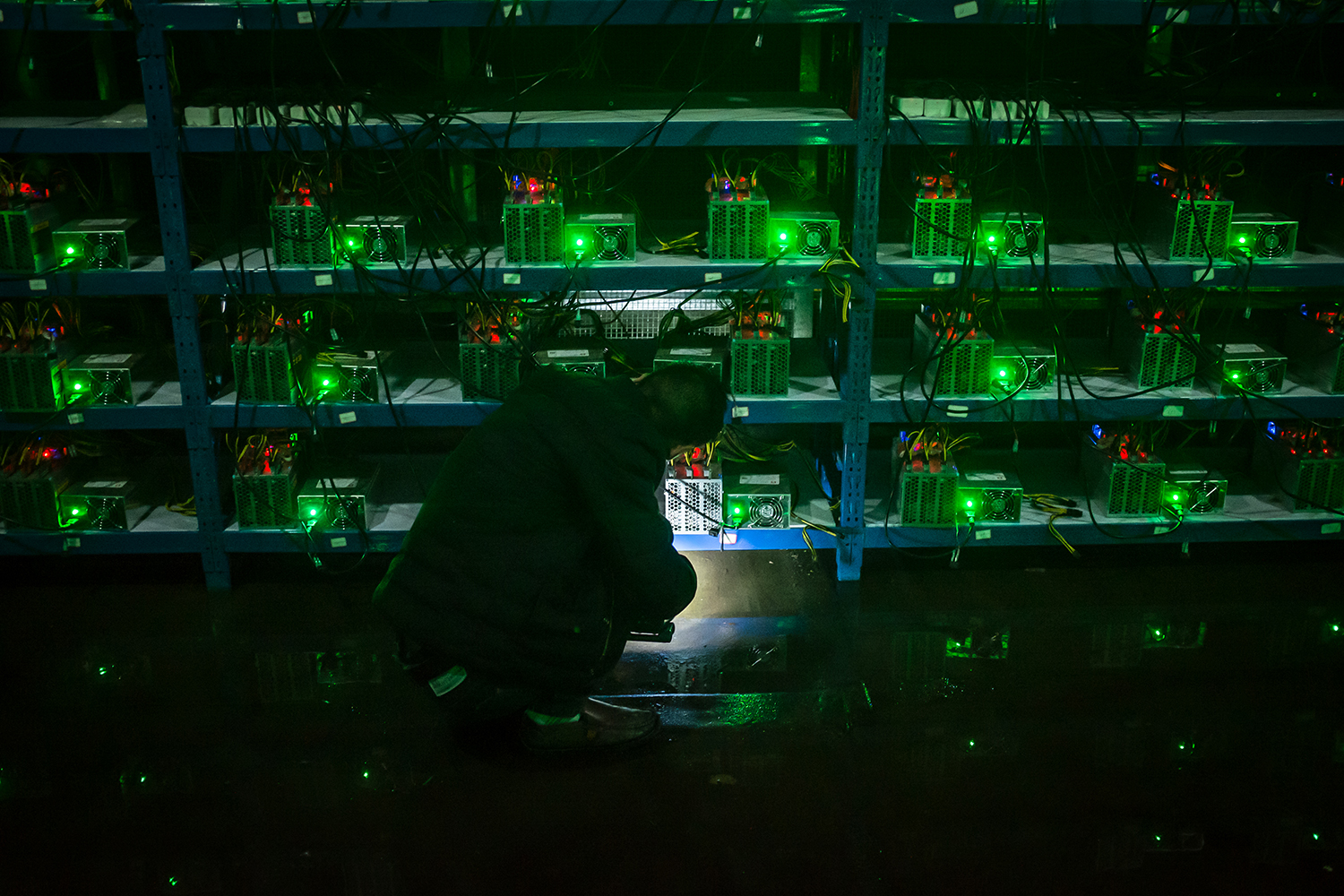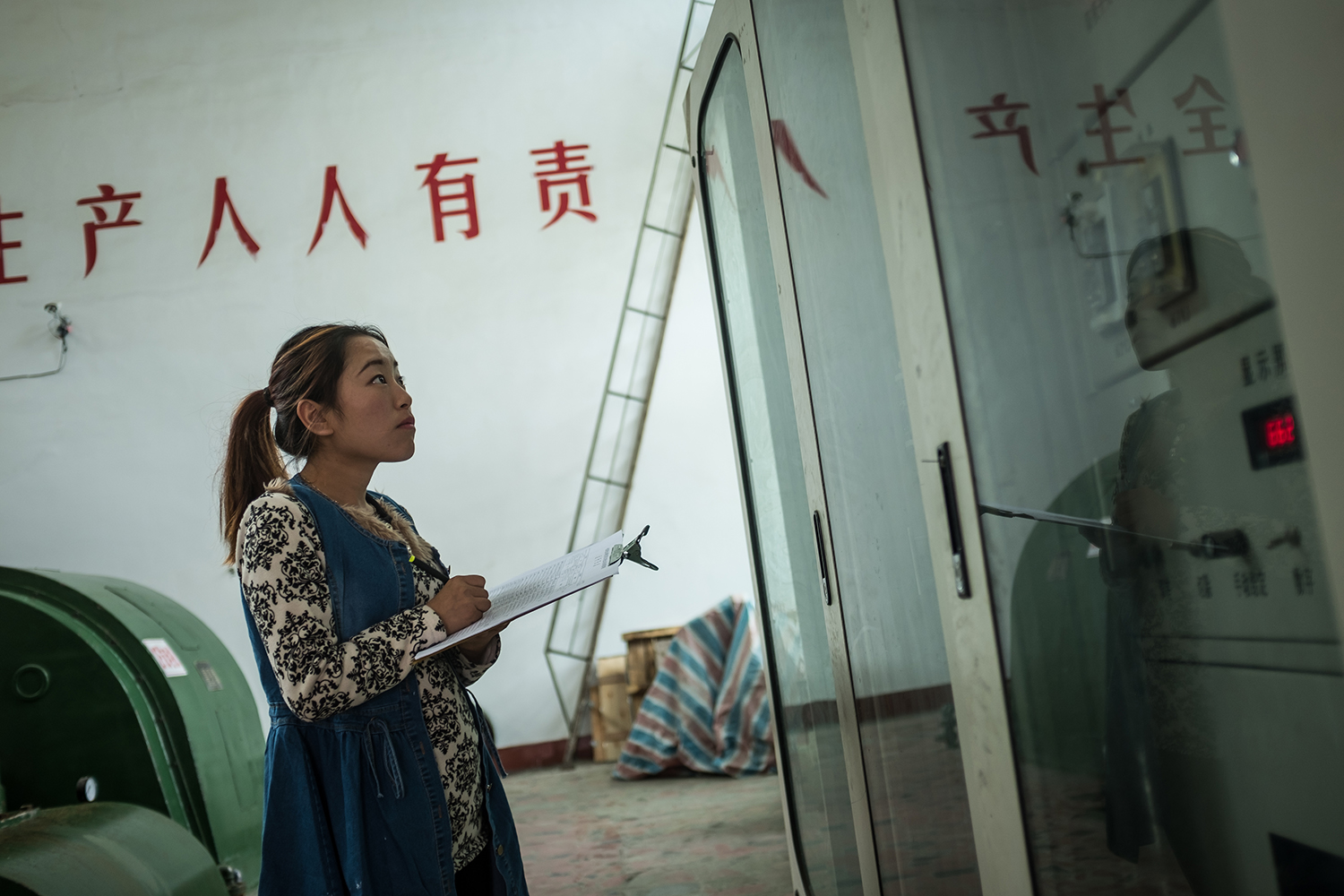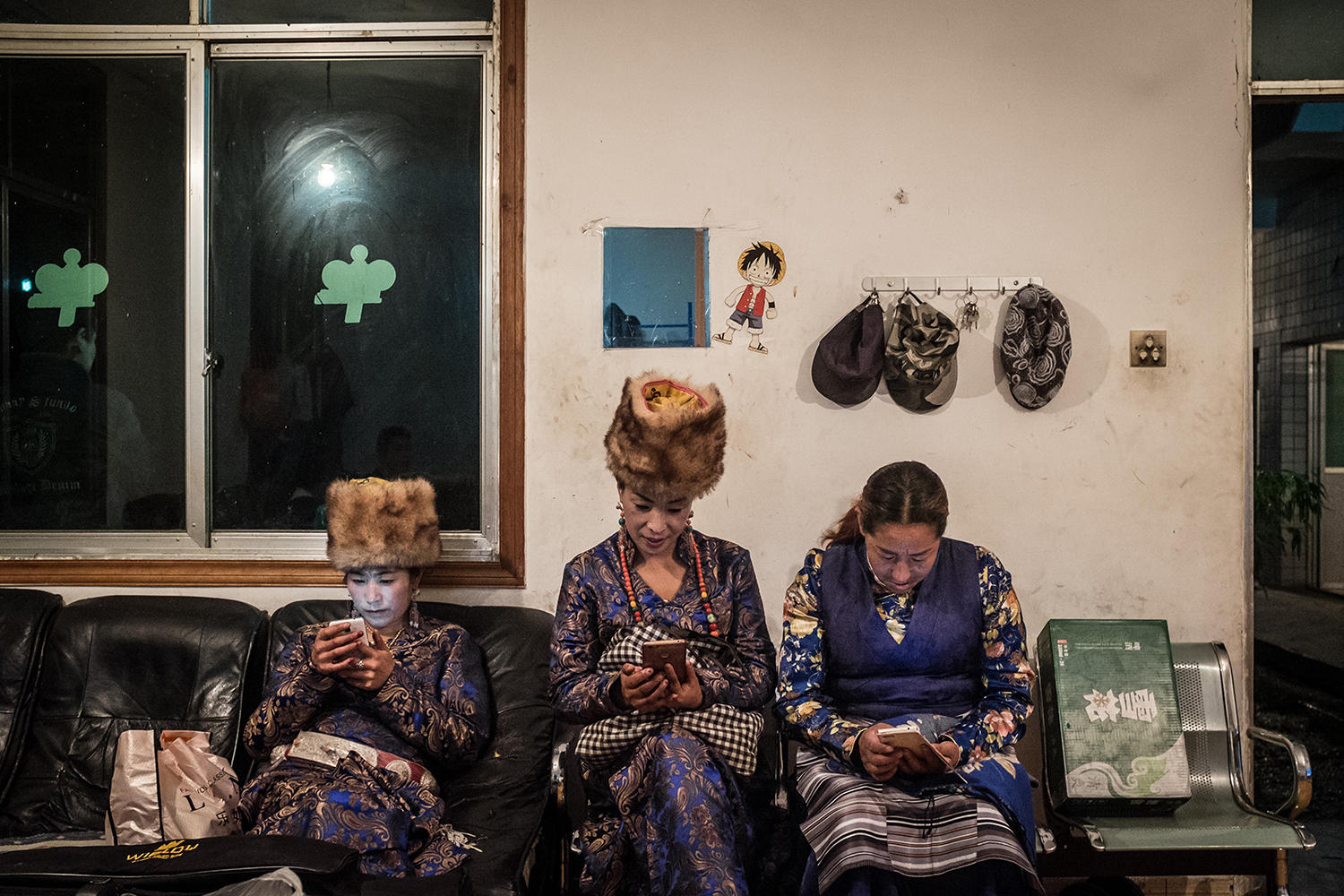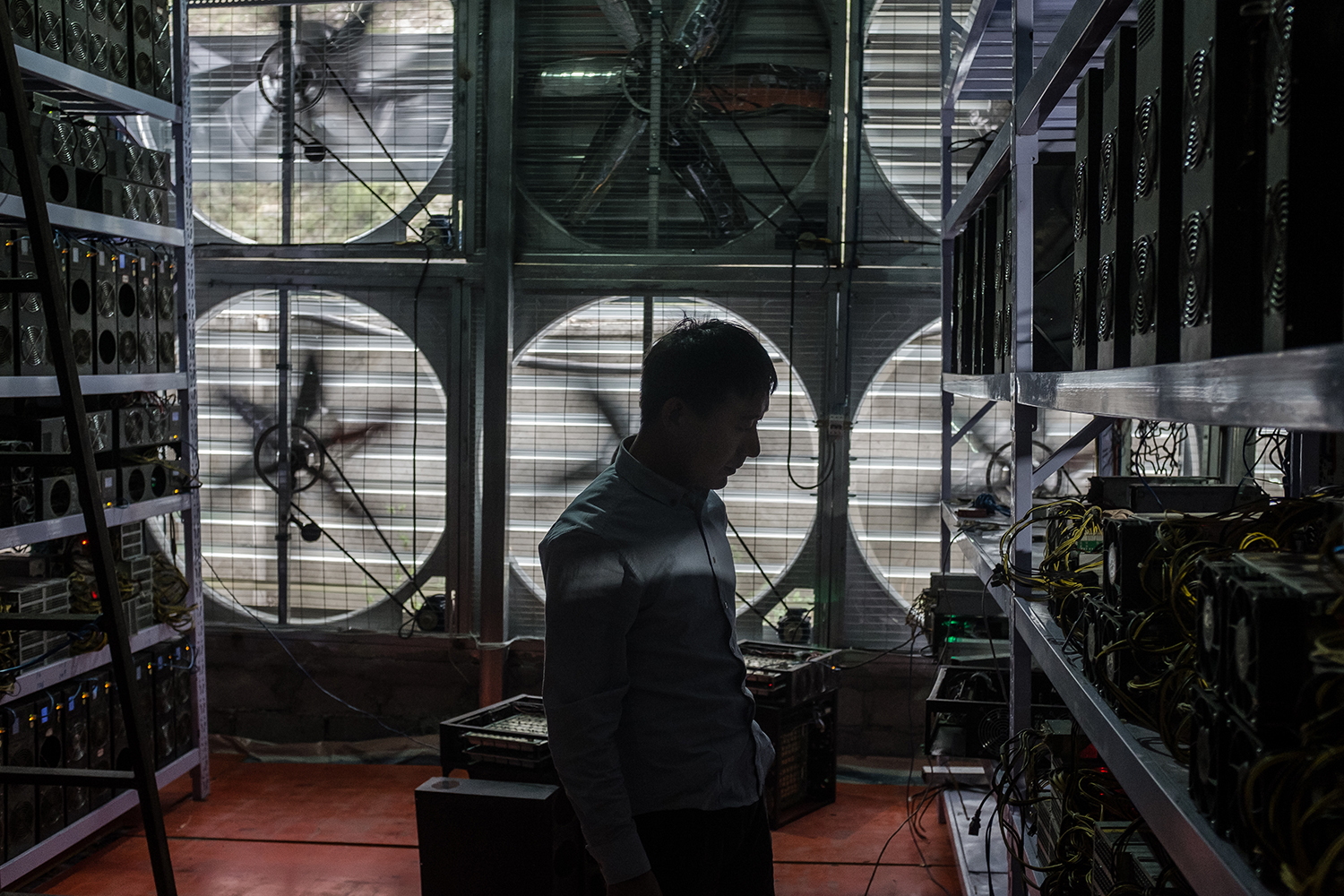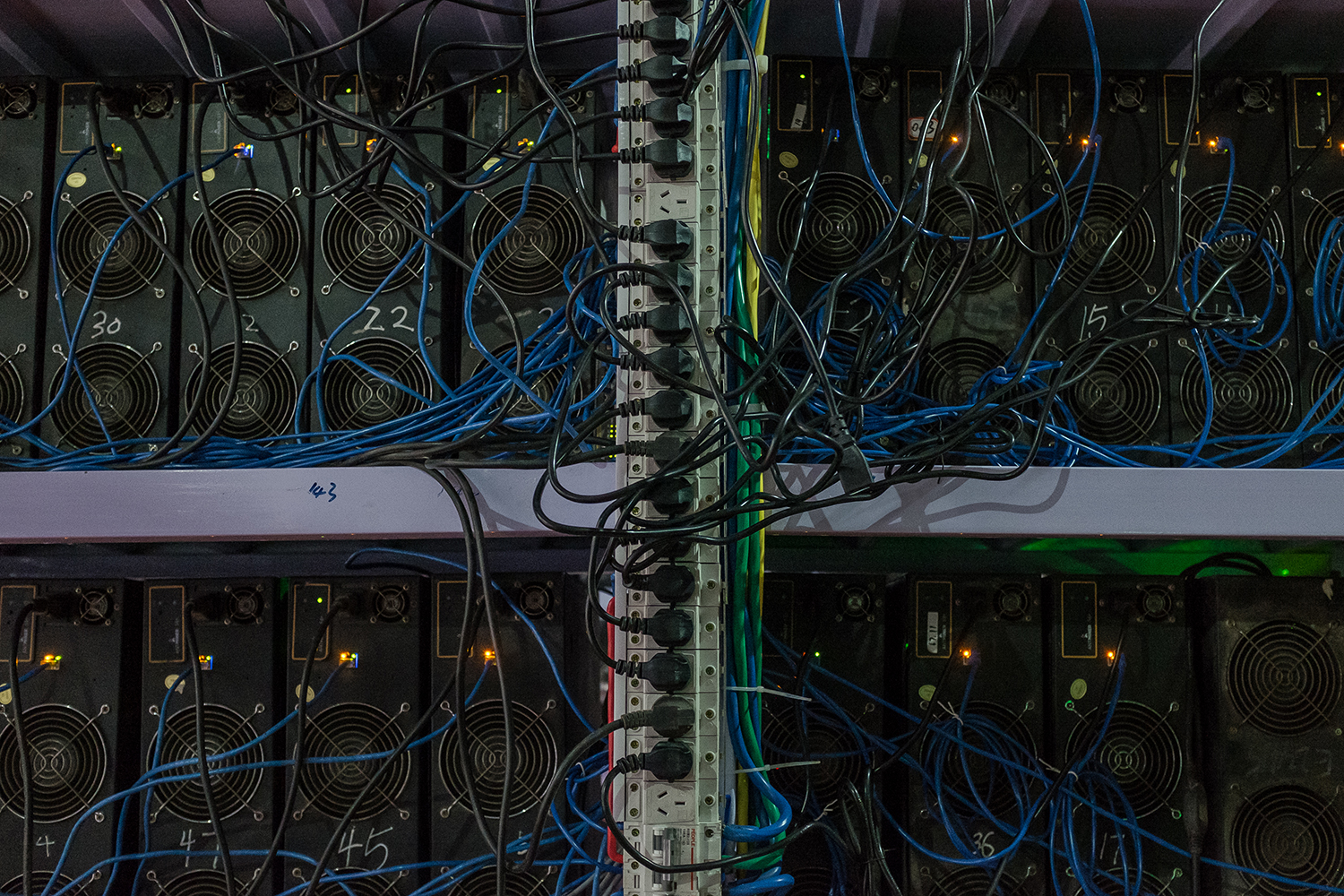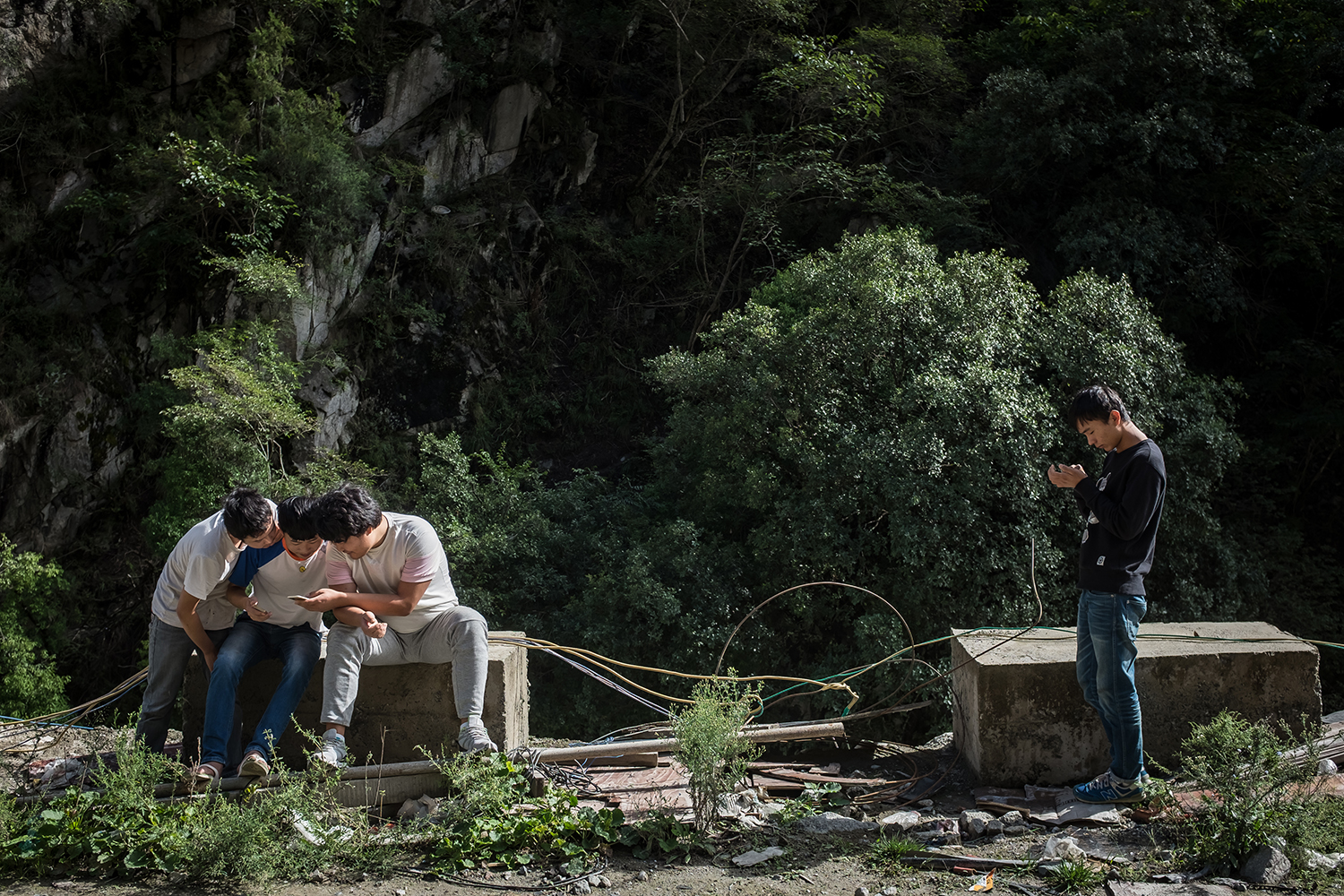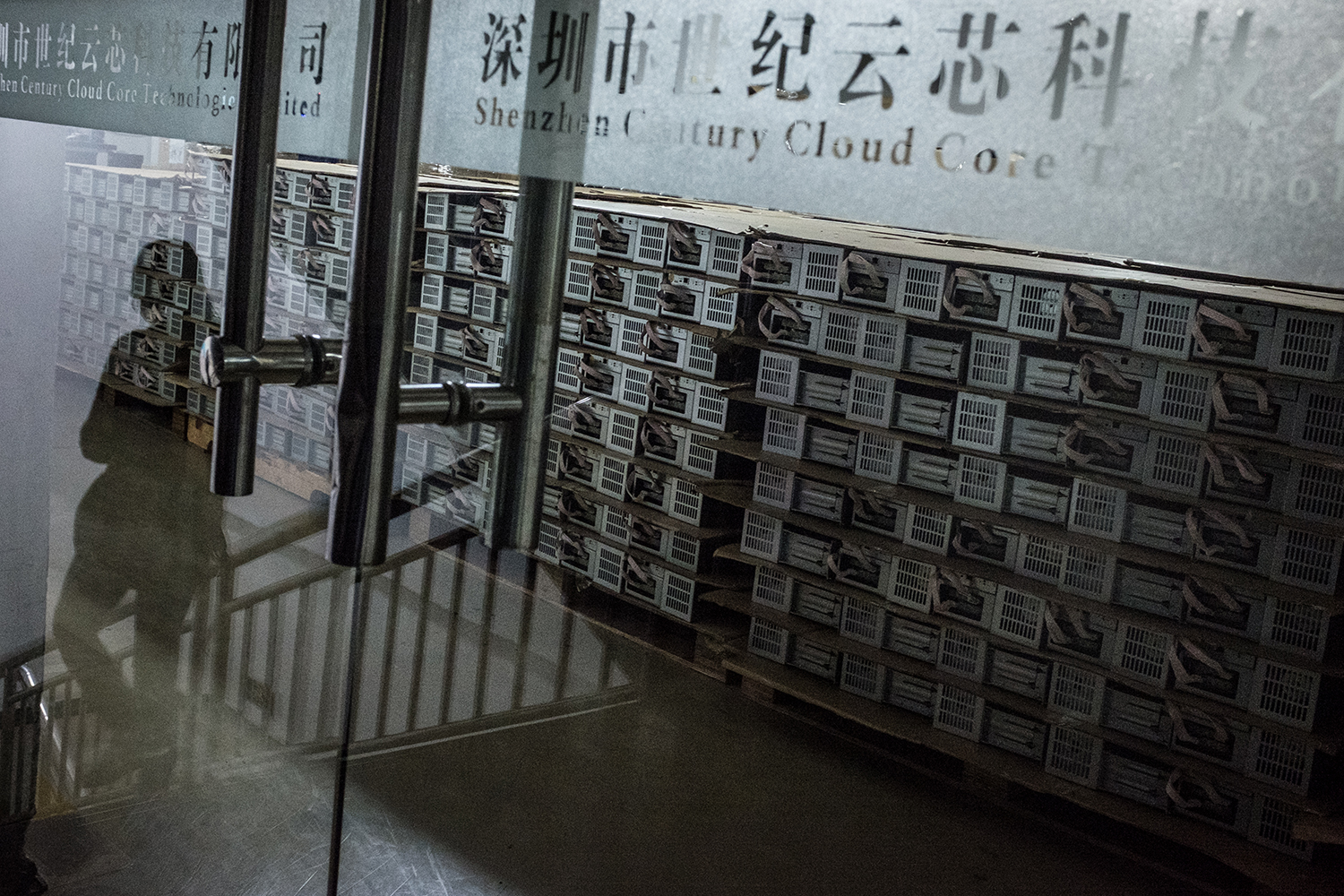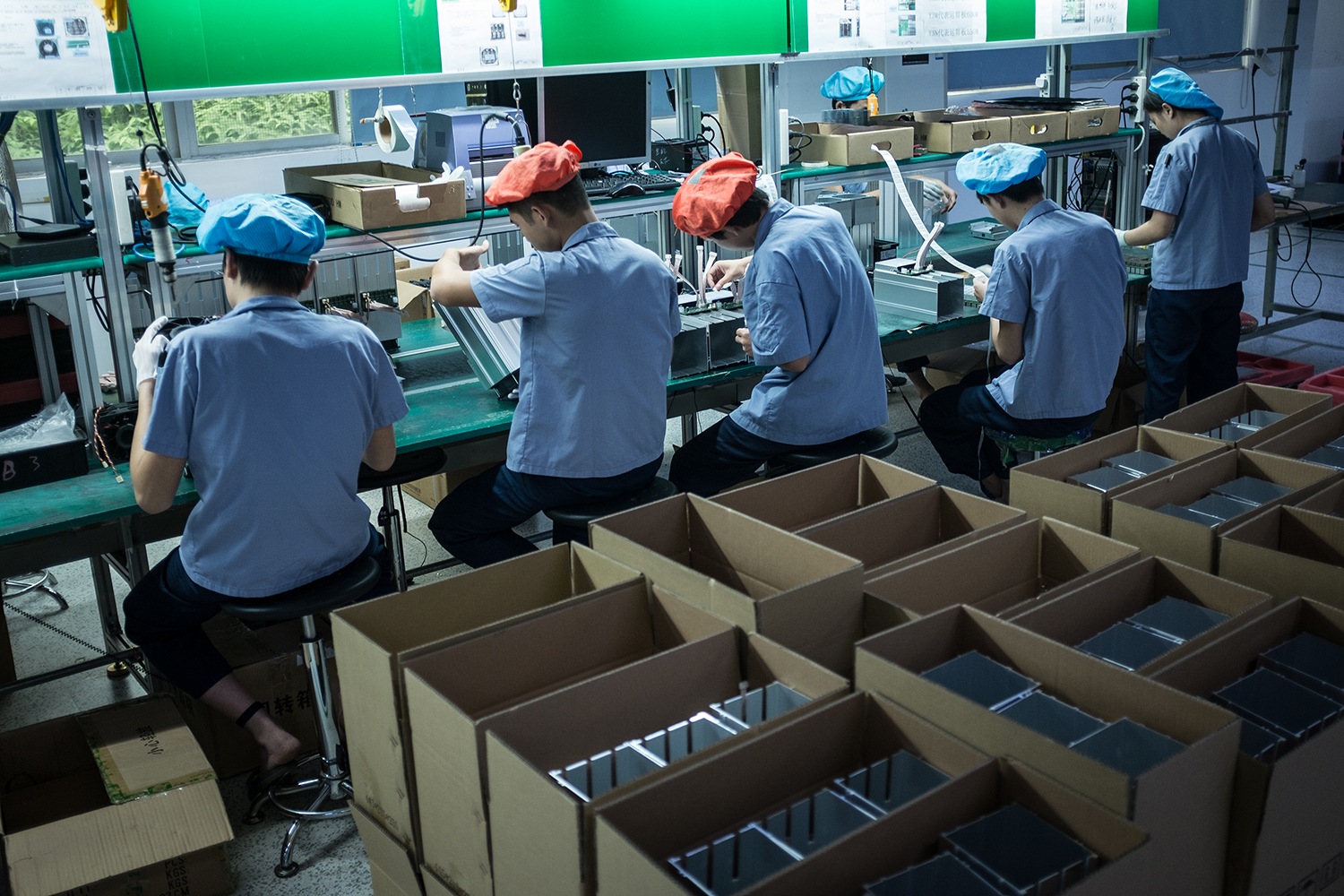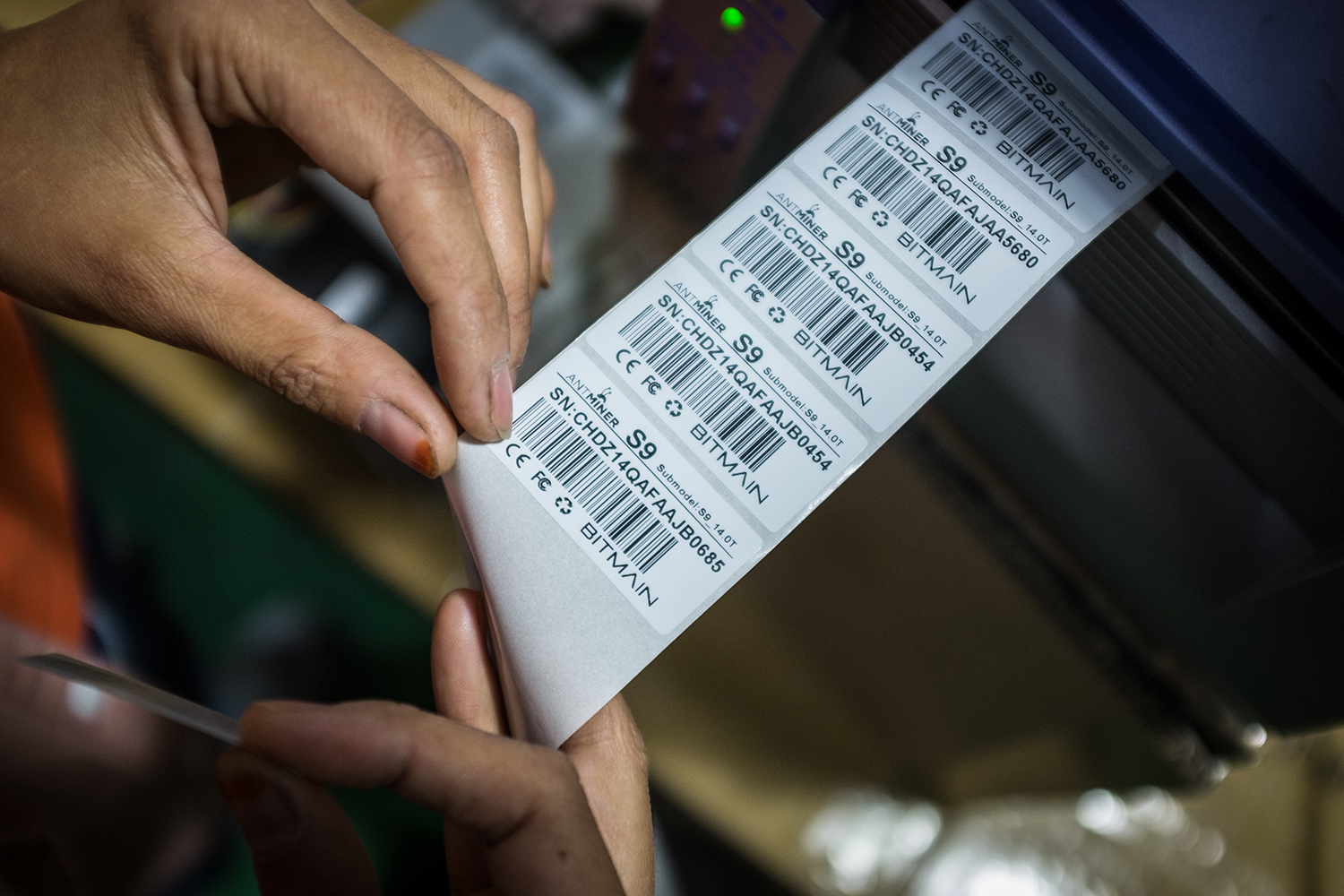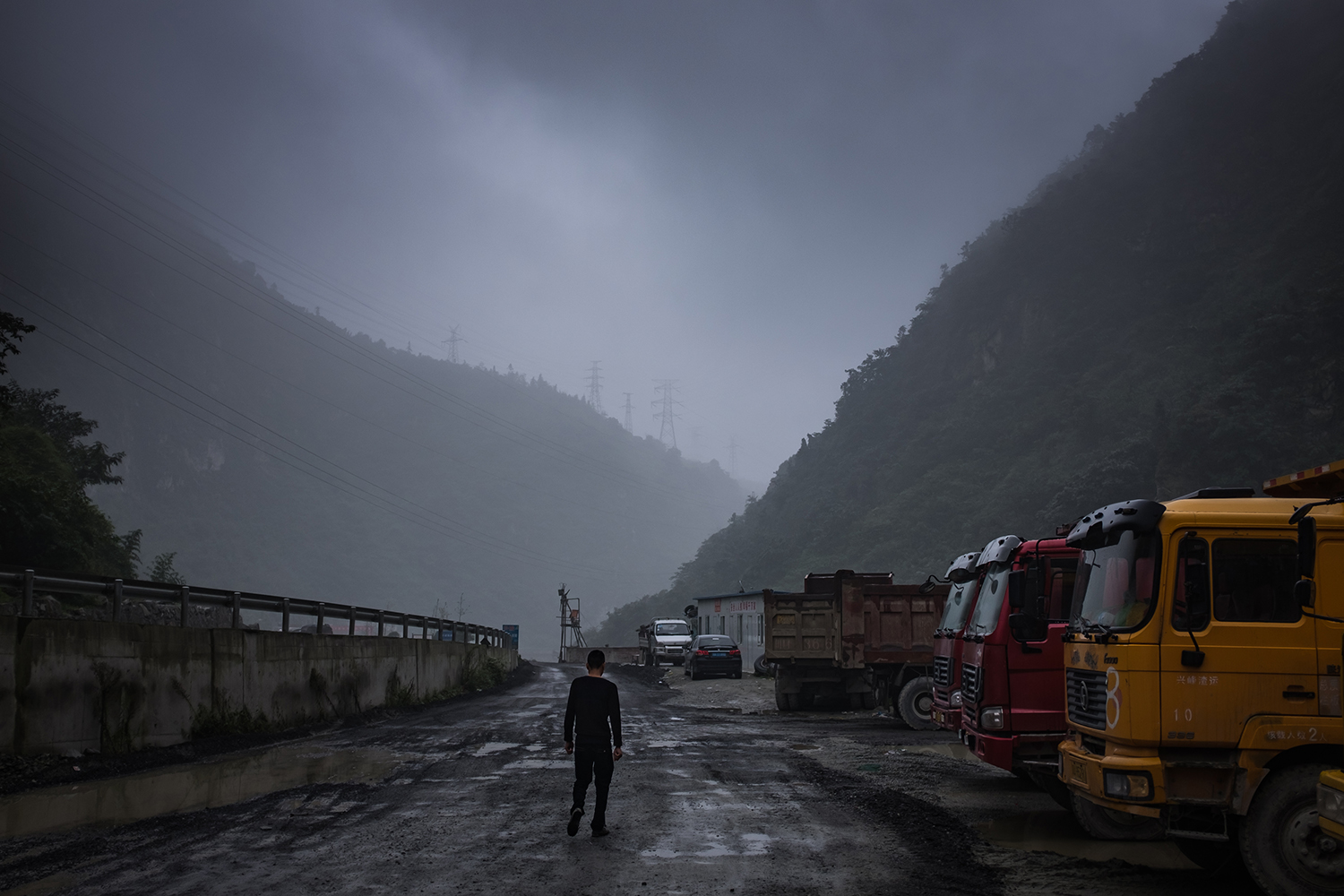Inside the World of Chinese Bitcoin ‘Mining’
From the outside, the buildings with the bright tin roofs don’t look like places where money is made. High in the remote mountains of the region of China’s Sichuan province that borders Tibet, economic life has mostly centered on grazing and foraging. But for the past few years, villages beyond the reach of public transportation, where residents say there’s nothing much to buy and they couldn’t spend their income even if they wanted to, have begun to appear on the map of cutting edge global finance.
The buildings are Bitcoin “mines,” warehouse-like structures packed with microprocessors that solve complex math problems and are compensated for their efforts in the digital currency. If you have ever used Bitcoin, as an investment or to pay for items or services on the Internet, chances are high that it was “mined” in China, using the method for generating new currency devised by the Bitcoin’s programmers. This method has been refined by entrepreneurial Chinese investors, in a country that has dominated both the currency’s generation and the global trade in the currency and where global financial volatility and tight government restrictions on conventional currency exchange have made Bitcoin especially attractive to investors. So far Bitcoin’s appeal in China has withstood a recent spate of government efforts to regulate it.
Most financial activity in China takes place along its coast, and regions like western Sichuan are rarely associated with advanced computing. But given the high electricity needs of the large groups of computers required for Bitcoin mining, the industry has found a natural home in the region because of the abundance of hydropower there. Hydro-electric plants set up along mountain streams often produce more energy than they are able to sell to China’s state grid, and some plant owners have found they can either sell the surplus to Bitcoin mines—for which electricity accounts for up to 60-70 percent of expenses—or set up their own mines. This gives the remote mountain villages an edge over regions where electricity is more expensive.
Photographer Liu Xingzhe traveled to Sichuan’s Ngawa (Aba) Tibetan and Qiang Autonomous Prefecture, some 175 miles from the provincial capital of Chengdu, to explore not only the operations of these mines, but also the lives of the “miners” who spend their days tending to whirring legions of machines. He also traveled to Shenzhen to see the factories where the world’s finest Bitcoin mining machinery is engineered and produced.
The industry exists in a legal gray zone in China, and Liu’s subjects, concerned about attention from the government, asked not to have their full names or the names of the villages where their mines are located mentioned in this story. —The Editors




